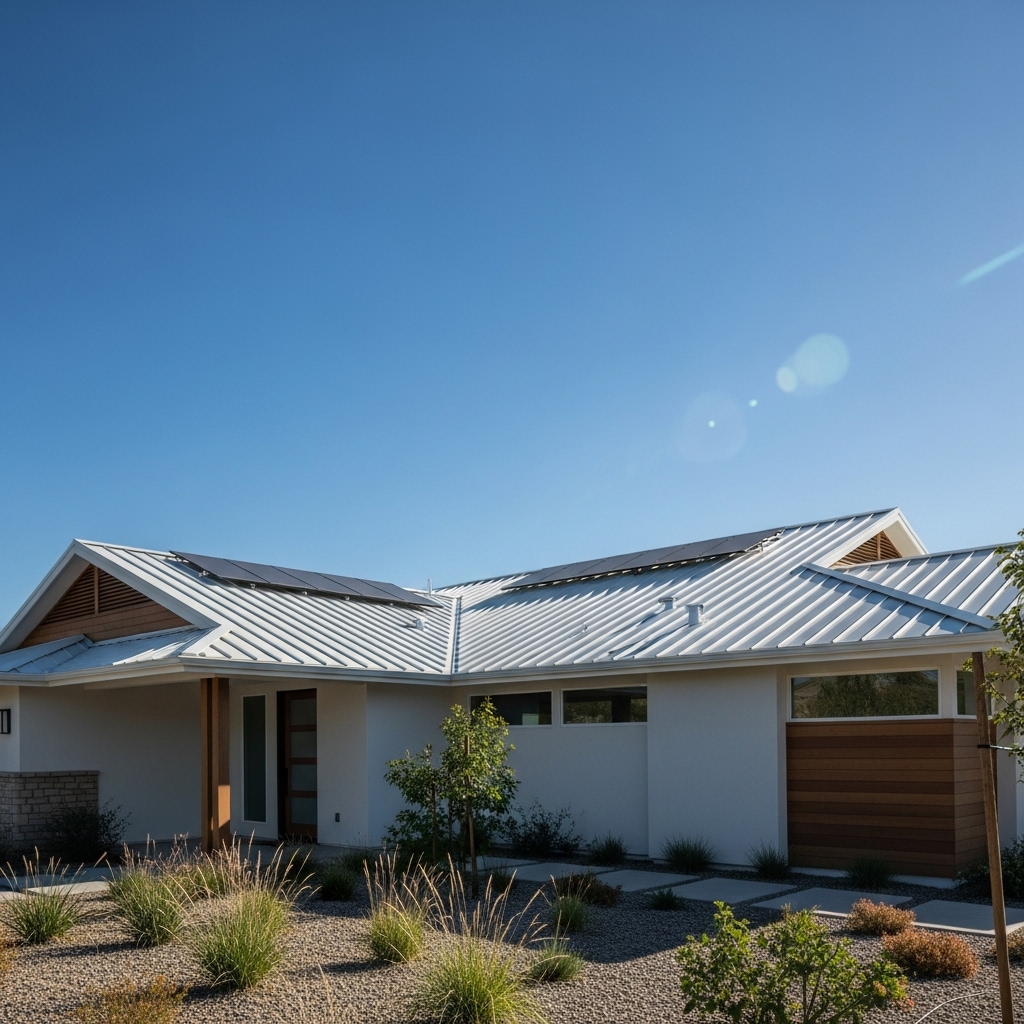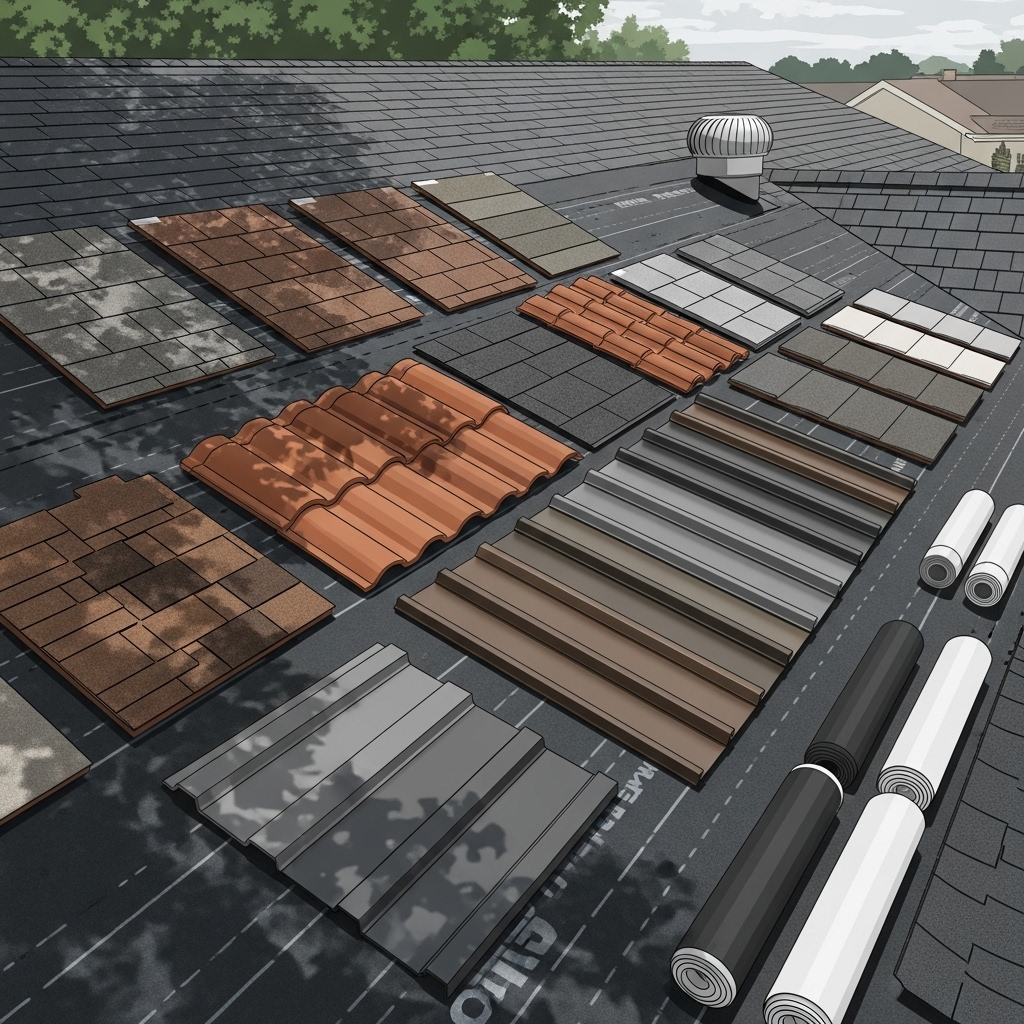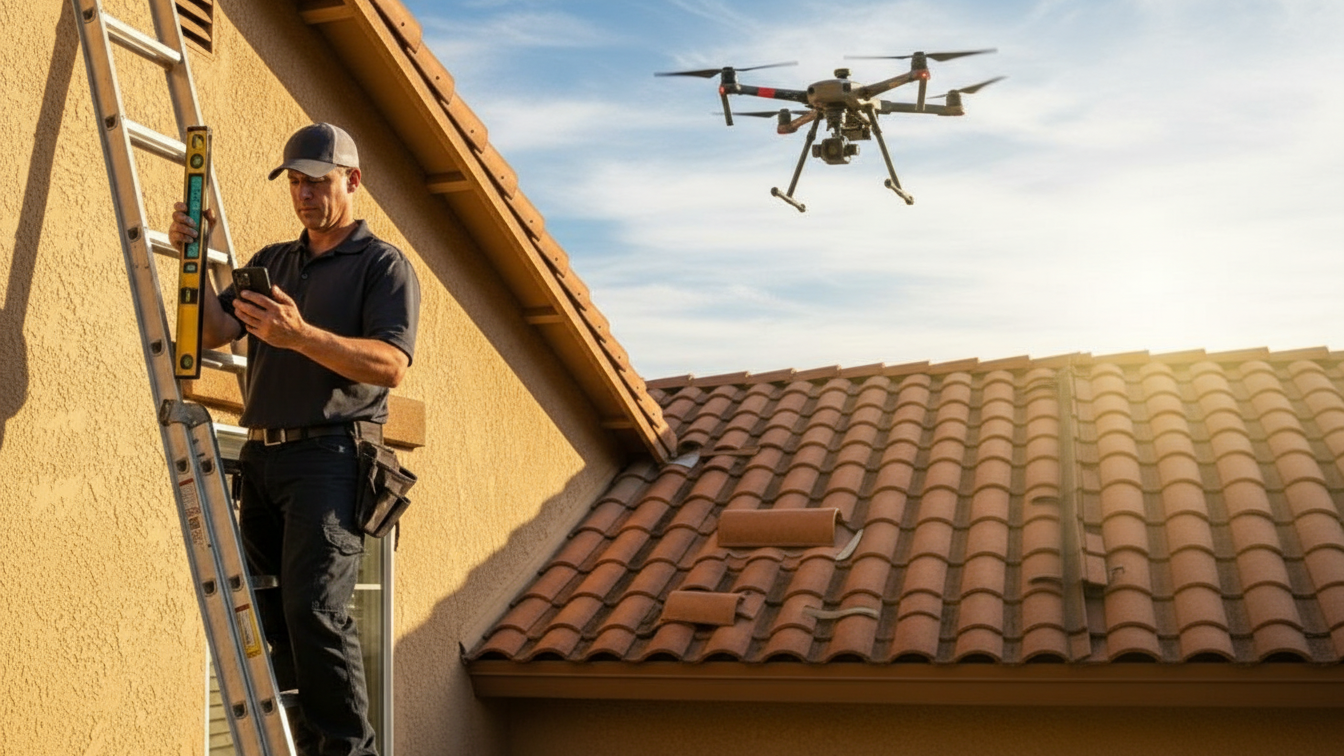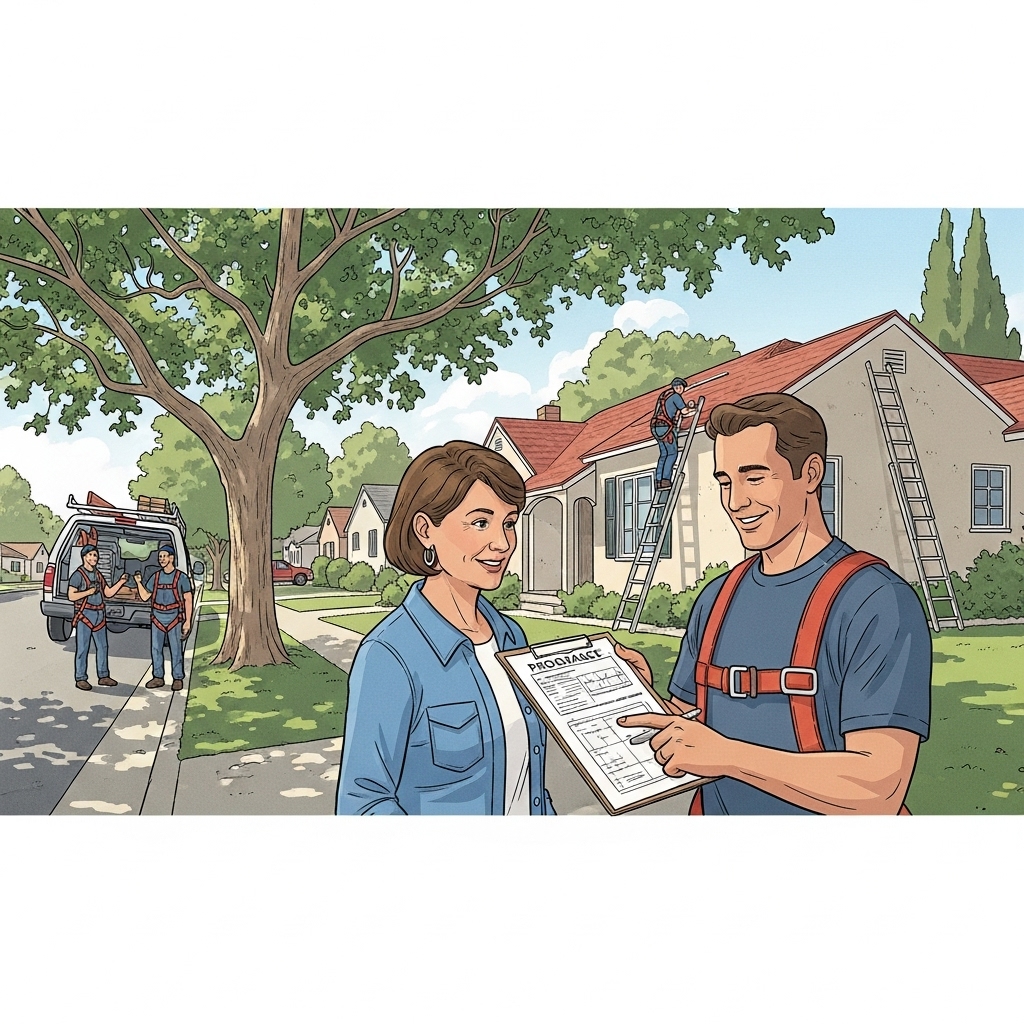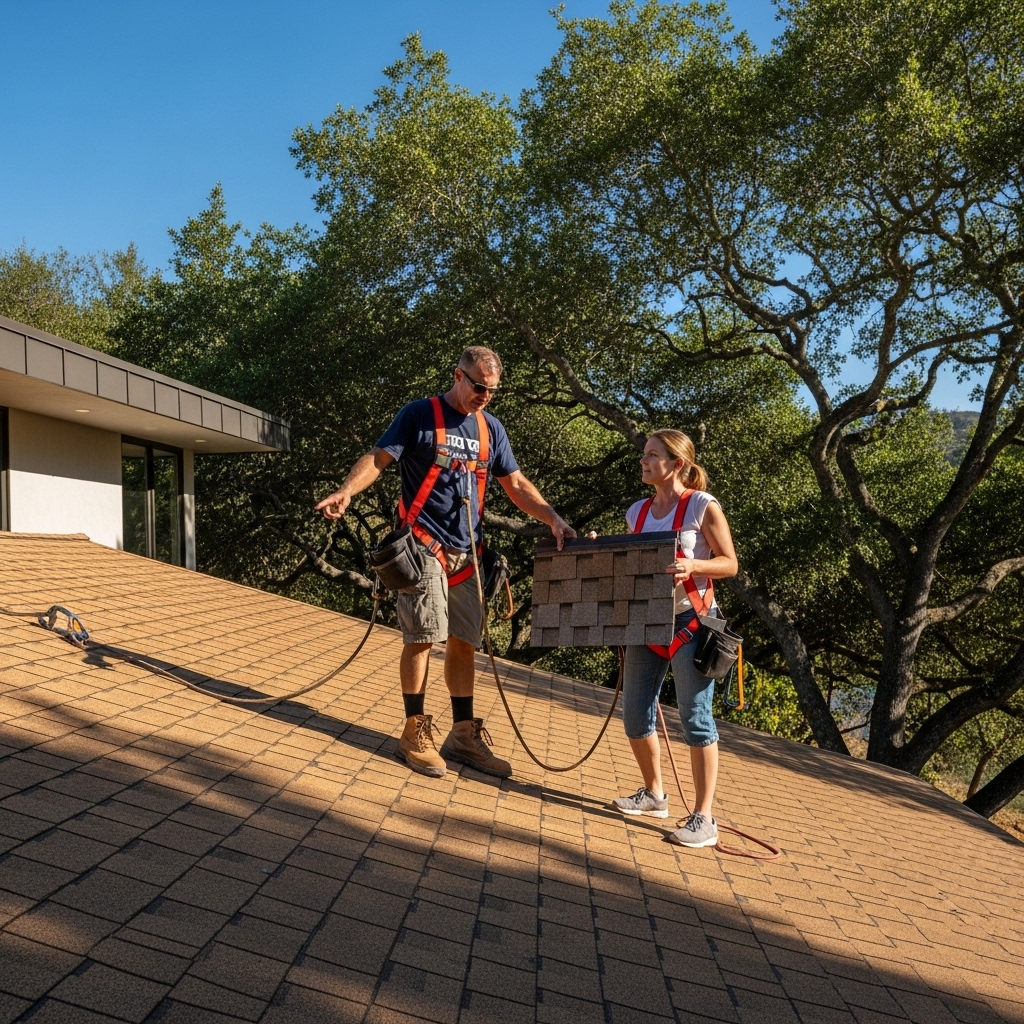On a still summer afternoon in Tarzana, you can almost feel the heat pooling above the streets and drifting into attics. That’s why true roofing performance here is as much about energy strategy as it is about aesthetics. An energy-efficient, eco-minded roof doesn’t just bounce sunlight; it manages heat flow from the deck to the living room floor, keeping your home steady and comfortable even when the Valley bakes. Over the years, I’ve seen houses from Burbank Boulevard to the foothills transform their daily comfort by pairing the right roof surface with smart underlayment, airtightness, and ventilation. If you’re considering a new system, it helps to see how the pieces fit together—and where green eco-friendly roofing practices turn a roof into a high-performance envelope.
How cool surfaces tame Tarzana’s solar load
At the top layer, the choice of material sets the tone. Reflective asphalt shingles, cool metal, and tile with radiant-friendly finishes all push back against the sun. These surfaces reduce heat absorption in the first place, which is half the battle. The other half is how quickly any absorbed warmth is released. High-emittance finishes help even as the late afternoon sun angles low across the Valley. The net effect is a roof that contributes less to attic heat spikes, easing the workload on cooling equipment and smoothing out temperature swings through the evening.
Underlayment and air-sealing: the quiet performance drivers
Beneath the surface, underlayments act like the unsung heroes of energy performance. Modern synthetics offer stability under intense sun, while self-adhered membranes add airtightness at vulnerable edges and valleys. Air-sealing around penetrations, top plates, and access hatches stops hot air from sneaking into the home. Taken together, these measures turn the roof deck into a disciplined boundary that resists the Valley’s heat pressure. It’s often the hidden work that delivers the most profound day-to-day comfort.
Attic ventilation that actually balances the system
Ventilation isn’t just a code checkbox. Balanced intake and exhaust keep attics from becoming heat reservoirs. Ridge vents paired with protected eave intake, or well-designed alternatives on complex roofs, encourage a gentle, continuous flow that whisks away heat before it migrates downward. In wildfire-aware neighborhoods, ember-resistant vents maintain that airflow without inviting risk. The result is a roof assembly that breathes in a controlled way, extending material life and moderating indoor temperatures across Tarzana’s long warm season.
Radiant barriers and insulation working together
Radiant barriers on the underside of the deck can reflect radiant energy back toward the roof, while insulation—properly installed and continuous—slows conductive heat transfer into living spaces. The synergy between those layers is where many Tarzana homes find their biggest comfort gains. In practice, that might mean improving attic insulation while replacing the roof, sealing recessed lights, and integrating a radiant layer that works with your chosen surface. The payoff is a home that responds gracefully when the forecast pushes toward triple digits.
Low-slope strategies for additions and mid-century designs
Many local houses weave in flat or low-slope sections over garages, additions, or entire wings. For these areas, reflective single-ply membranes—TPO and PVC—excel, especially when paired with tapered insulation that encourages proper drainage. The bright, reflective surface resists heat build-up, while the insulation layer beneath keeps roof temperatures from telegraphing straight into the rooms below. Careful flashing at parapets and penetrations seals the deal, creating a long, cool plane that performs beautifully under Tarzana’s sun.
Metal roofing and thermal stability
Metal’s reputation for energy performance is well earned. Finished with cool pigments and installed over vented assemblies or insulated decks, standing seam roofs reflect vigorously and release heat quickly. The clean lines suit both modern and transitional homes, and the smooth surface sheds debris that might otherwise trap heat. With attention to detail—thermal breaks, accurate clip spacing, and tuned flashing—metal roofs feel composed in the wind and steady under the sun, a daily testament to the pairing of efficiency and durability.
Tile assemblies and the cooling power of airflow
Clay and concrete tile offer a different path to efficiency: mass plus ventilation. Installed over battens, they create an air channel that naturally reduces heat transfer. As warm air rises off the deck, it slides into this cavity and dissipates, which helps the spaces below stay calmer through the afternoon. Choose a cool-rated finish and you’ve layered reflectivity onto that natural airflow. It’s a quietly elegant system well suited to Tarzana’s Spanish and ranch stylistic roots.
Solar-readiness without compromising the roof
When solar panels are part of the plan, the roof should be designed to welcome them. Properly located mounts that preserve waterproofing, wire pathways that stay clear of hot zones, and thoughtful layout that avoids shading all matter. A well-planned roof-and-solar pairing turns your house into a power-savvy machine while keeping the building envelope intact. Even if you’re not installing panels today, planning attachment zones and conduit routes during reroofing pays off down the line.
Wildfire-aware efficiency
It’s not enough to be cool; a Tarzana roof must also be calm in the face of embers and wind. Class A assemblies, sealed eaves, ember-resistant venting, and noncombustible edges protect the home while enabling the ventilation and airflow that efficiency demands. The right details mean you don’t have to choose between energy performance and fire mindfulness—you can have both, built into a single, coherent system.
In the middle of a project, I often walk homeowners through the attic to show them where the gains really happen. They can see sealed gaps at chases, feel the difference in airflow near the ridge, and understand why a certain underlayment was specified. That transparency turns abstract efficiency ratings into tactile, real-world improvements. It also clarifies why truly green roofing solutions look beyond the surface to the way the entire roof assembly functions through our long, bright days.
Maintenance that preserves performance
Keeping an energy-efficient roof performing at its best is more about consistency than intensity. Clear debris from valleys, gutters, and drains so airflow and water pathways stay open. After a wind event, a quick look at ridge caps and edges ensures nothing has shifted. On low-slope roofs, keep scuppers and drains tidy to prevent ponding. A clean, intact roof maintains reflectivity and airflow, preserving the gains you invested in at installation.
Comfort you can feel, day after day
Efficiency shows up in little moments: the way your second floor feels at 5 p.m., how often your air conditioner cycles during a heat wave, the steadiness of nighttime temperatures when the breeze finally picks up. A well-specified roof makes your home feel composed, regardless of what the sun is doing. That kind of daily comfort is the hallmark of an energy-smart assembly designed for Tarzana, built with materials that complement our architecture and respect our climate.
FAQ: Energy-efficient roofing in Tarzana
Which roofing materials deliver the best energy performance locally? Reflective shingles, cool-finished metal, tile over battens, and single-ply membranes on low-slope roofs perform consistently well when paired with the right underlayment and ventilation.
Do I need both a radiant barrier and more insulation?
They work best together. The radiant barrier reflects heat at the deck, while insulation slows what’s left from moving downward. Combined with air-sealing, they create a strong thermal boundary suited to our climate.
Will more ventilation make my home dusty?
Properly designed ventilation doesn’t draw dust into living spaces. It moves air through the attic, not the rooms below, and ember-resistant vents protect against particle intrusion while maintaining airflow.
Can I plan for solar panels during a reroof even if I’m not ready to install them?
Yes. Preplanning attachment points, conduit routes, and clear roof zones during reroofing streamlines future solar work and protects the roof’s waterproofing.
How often should I maintain a high-performance roof?
Seasonal checks and after major wind events are usually enough. Keeping debris off surfaces and out of drains preserves reflectivity and airflow so the roof performs as designed.
If you’re ready to feel the difference an energy-smart roof makes—cooler afternoons, quieter attics, and a home that holds its comfort—let’s walk your roof and map a plan. We’ll look at surfaces, underlayments, and ventilation so every layer contributes to your goals. For hands-on, local expertise in eco-friendly roofing services, get in touch today and we’ll build a roof that’s tailored to Tarzana and tuned to your life.

